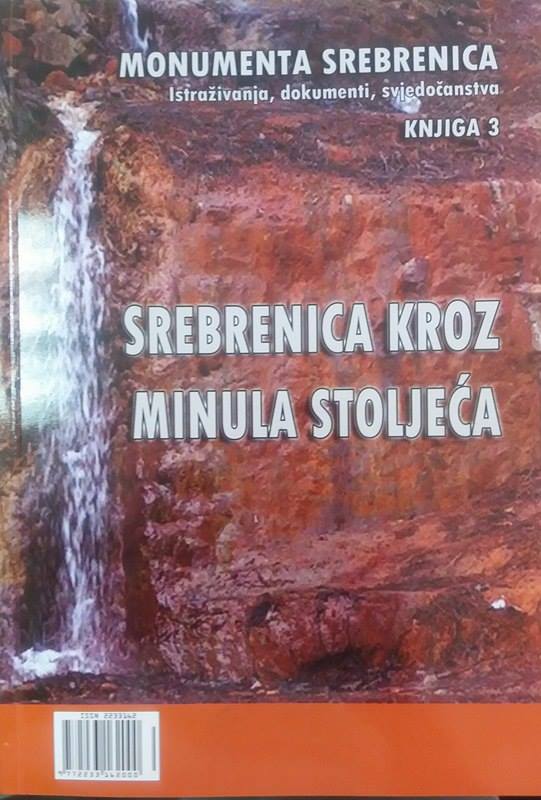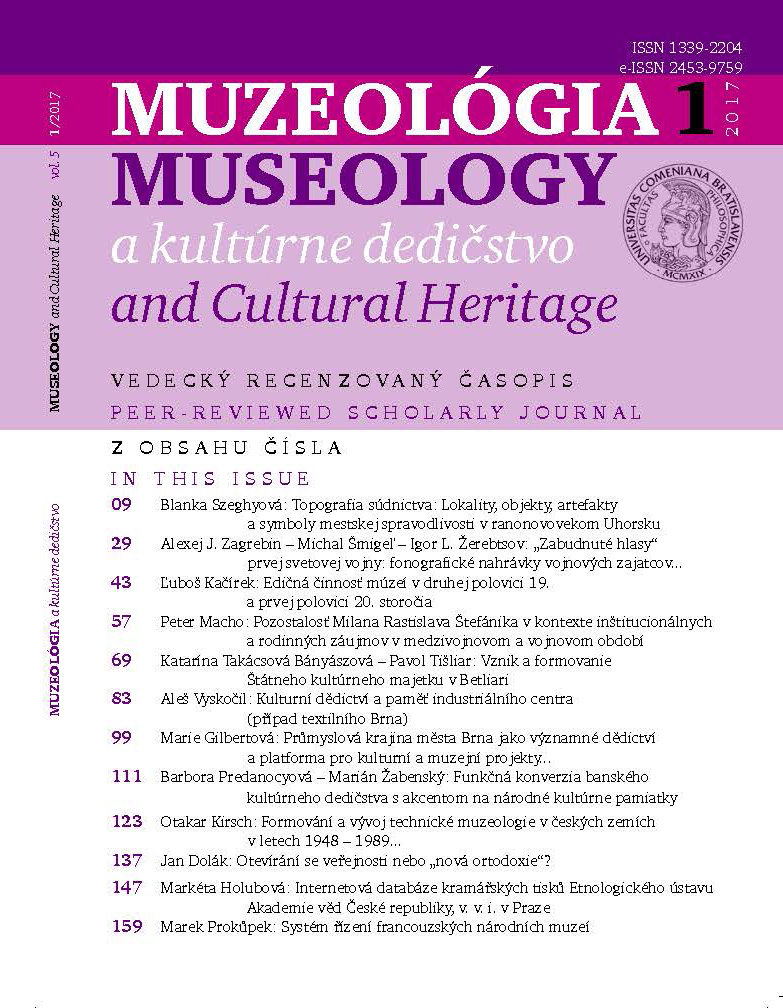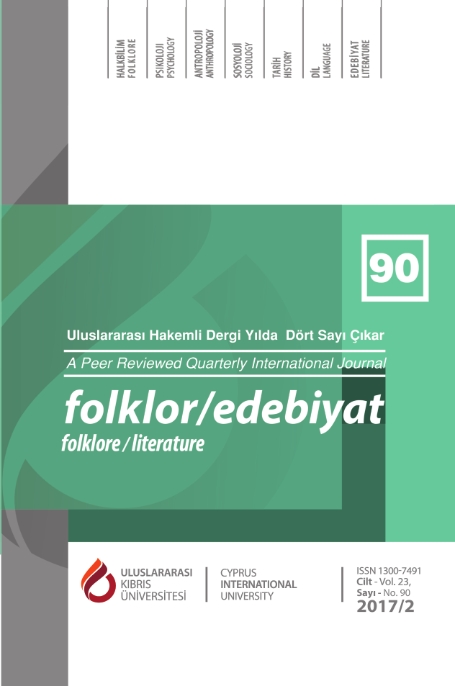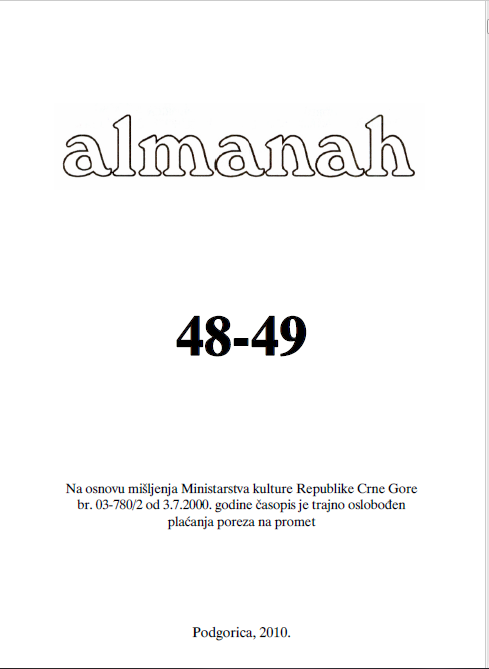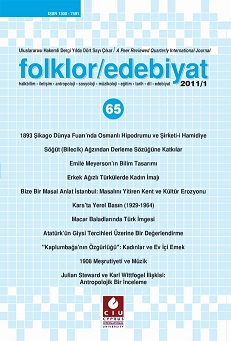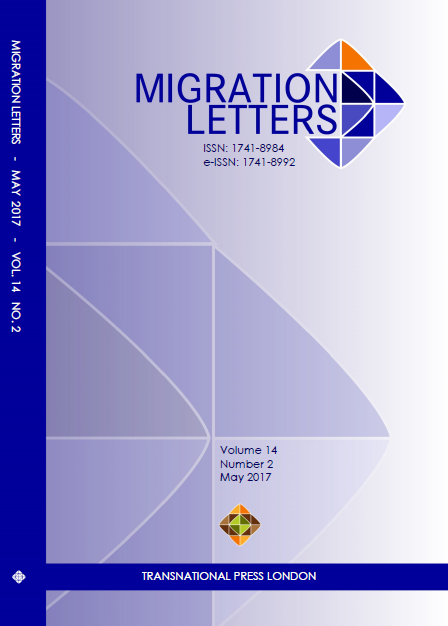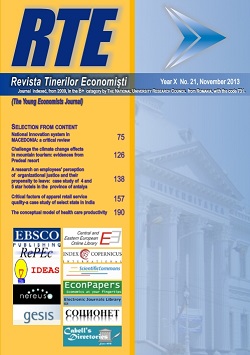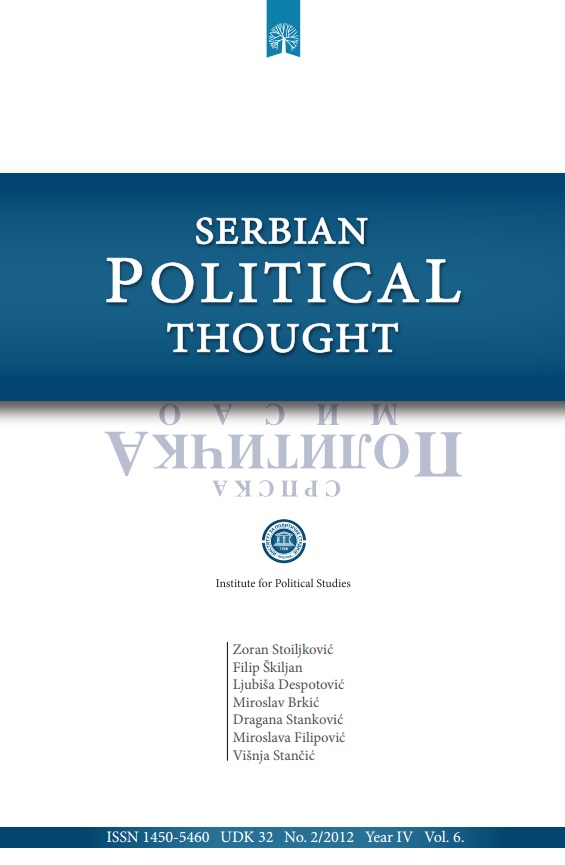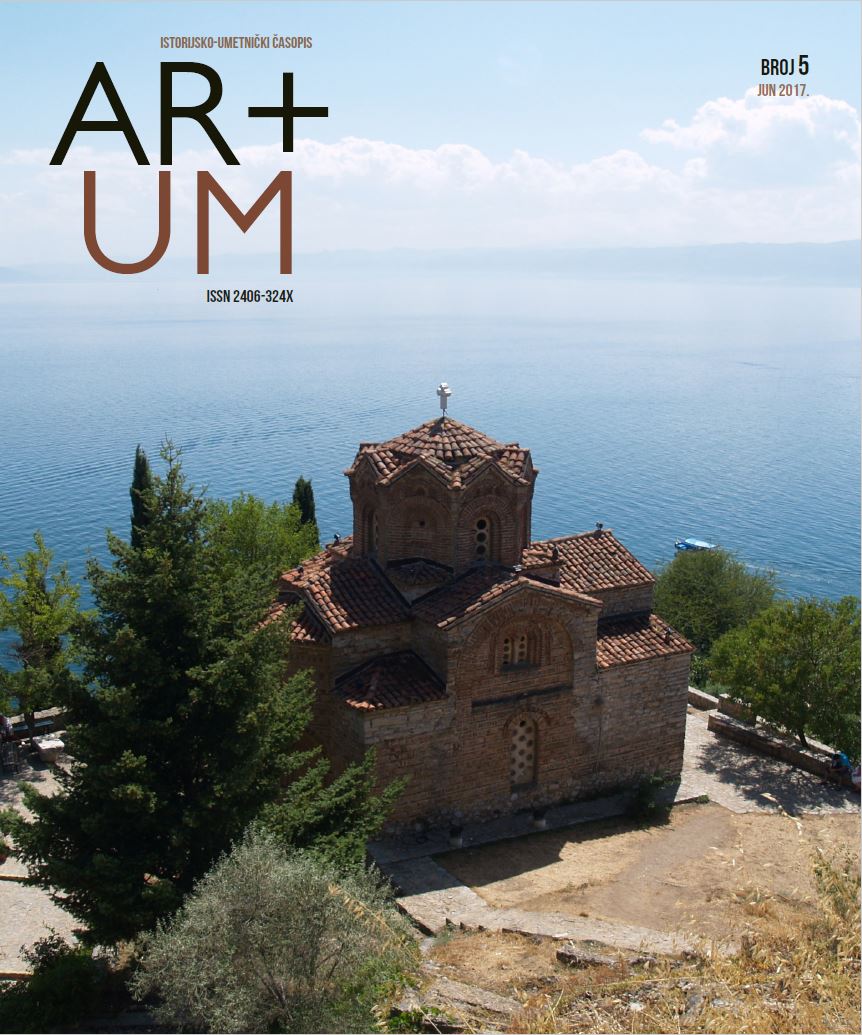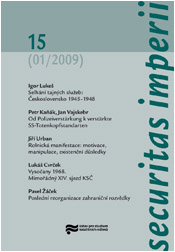Author(s): Milosav Milosavljević / Language(s): Serbian
Issue: 2/2016
Long-lasting, historically influenced and inevitable changes of village, agriculture and village population have had their positive and negative consequences in developed world. These changes in Serbia took place lately and followed by obviously, negative consequences. Unfavorable technological, economic, political, ideological and cultural factors influenced these processes. All together they leaded, basically, to destruction of village, neglecting of agriculture and disappearance of rural society, values and village population. Both ideology and policy of socialism and neo liberalism as an actually dominant economic, political and ideological option in Serbia have had similar consequences. Destruction of village was considered in this text from the prospective of various social deviances as an indicator as well as a consequence of village dissolution. Author shows that social deviances in village are the best indicator of its longitudinal irreparable consequences as well as a result of long lasting social crises, anomy and inadequate relation to village and agriculture. Lack of relevant and longitudinal researches represent the main difficulty in the consideration of this subject, why the author used secondary analysis and data resources. According to the empiric evidence deviances in rural area have similar resources and manifestations to society in all, but with some content and quantitative particularities. So, poverty and unemployment are the most dispersed and complex social problems in rural areas similar to society in all. But, they are more visible in urban than in rural settlements. On the other side, the wrong agricultural policy has influenced “escape from village” and extreme lack of interest of youngster for agricultural production, followed by “philosophy” of leisure and “hanging around”, followed by alcoholism and drug addiction. General crime, as well as, juvenile crime in village have their specific characteristics, although, crimes against property and organised criminality are also, predominant. So, for example, so called “green mafia” includes lot of village population, although it has not dominant position in the network, due to the lack of capital. Aggressions and conflicts on micro-social level were always present among village population, but they became more visible due to bigger public sensibility and reaction of health and social services. Auto-aggressions in form of suicide and attempt of suicide are also, present due to alienation, although they are not etiologically linked to the previous phenomena. Disappearance and disorganisation of village institutions, life style and families are particular indicators of its destruction. Traditional communities and social networks didn`t find adequate replacement in village political and cultural organisation and many institutions such as schools, celebrations, cultural events and common events have disappeared or changed their character. Disappearance of patriarchal family has liberated some of its members, but social crisis has leaded to crisis and disturbance of family relations, structure and functions. At the end of the text, the author concludes that development of agriculture and positive changes in village should be priority goals of total and profound social transformation which supposes reexamination of long-lasting missed goals and bad consequences of agricultural policy and relations to village. It is also, precondition of prevention and reduction of social deviances. It is not possible to over-pass long-lasting, multi-dimensional and complex social crisis over night and without longitudinal projects, strategies and creative ideas about social changes and development. Fundamental changes of village, agriculture and village population are not possible through short-lasting and improvised measure.
More...


